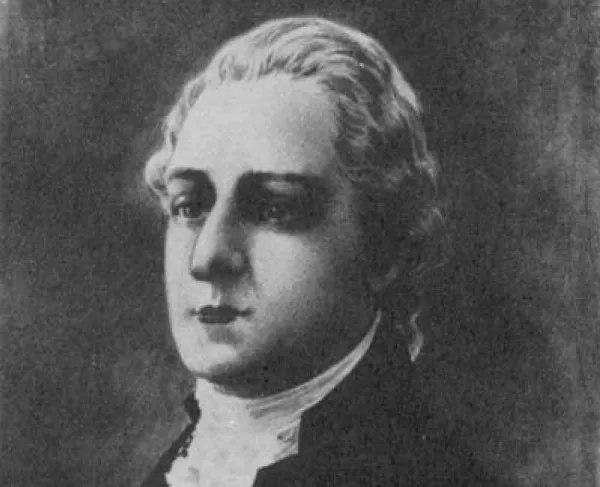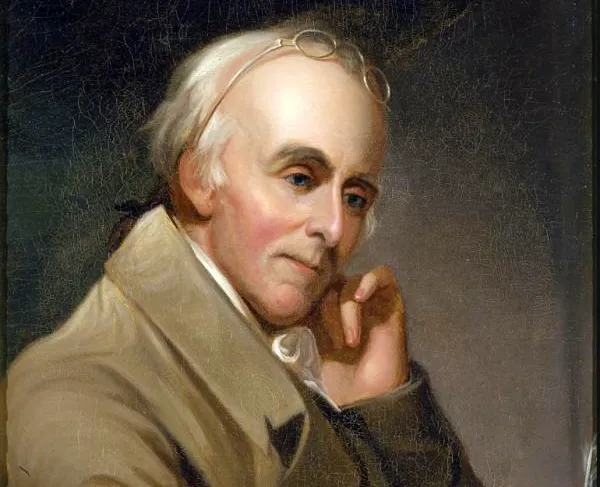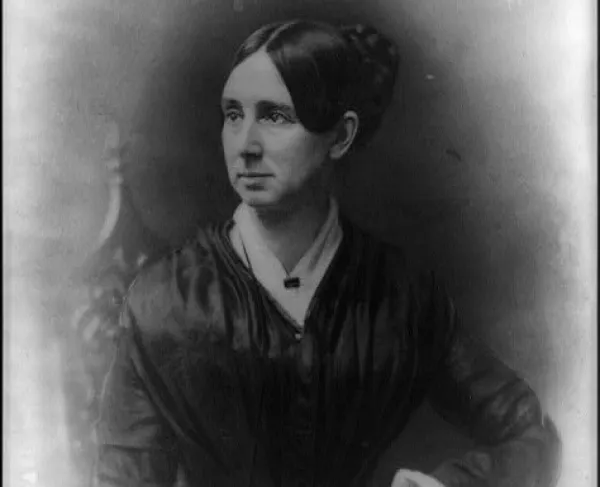Dr. Isaac Israel Hayes

Isaac Israel Hayes was born on March 5, 1832, in Chester County, Pennsylvania. As a young man, Hayes attended the Westtown School, a Quaker preparatory academy in West Chester, Pennsylvania. Upon graduation from the Westtown School, Hayes remained there for another two years teaching students mathematics and civil engineering. In 1851, Hayes attended the University of Pennsylvania Medical School. After graduating early from the university, Hayes enlisted to be a ship’s surgeon for the Second Grinnell Expedition to the Arctic Circle. In June of 1853, Hayes, along with the crew of the Advance trekked to the Arctic Circle in search of the ruins of Franklin’s Lost Expedition, a British voyage to the Arctic Circle that was lost. Called the Second Grinnell Expedition, it lasted from June of 1853 to October of 1855. The expedition proved to be fruitful for the explorers, as they mapped approximately 200 miles of uncharted coastline in the Arctic Circle. However, by the end of 1854, Hayes and the rest of the crew realized that they were running low on supplies and decided to turn back. This turn back south, however, was very costly for Hayes and the crew. They completely ran out of supplies and were forced to consume the lichen off the sides of the ship until they regrouped with the main ship. Upon meeting with the main ship, Hayes had to amputate three of his toes due to frostbite. After remaining in the region until late summer, Hayes returned to New York City in October 1855. When Hayes arrived back in the United States, he went on lecture tours and spoke of his experiences in the Arctic Circle at the American Geographical Society and the Smithsonian Institution. In 1860, Hayes raised funds to lead his own expedition to the Arctic Circle. After raising $30,000, Hayes departed in June of 1860 on the United States with the hope to reach the North Pole.
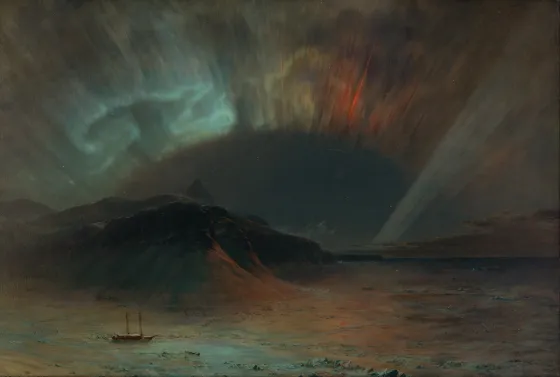
Upon arriving in Greenland, Hayes asked twenty indigenous Inuit (at the time called Eskimo) hunters to join their party to ensure that they did not starve as Hayes had on his first expedition. After departing Greenland, Hayes and the crew of the United States set out from Baffin Bay to what Hayes believed was the Open Polar Sea, a hypothesized open ocean in the North Pole. Disproved in the late 1890s, Hayes, as well as many other mid-19th century Arctic explorers, believed that there was an open ocean past Greenland. Eventually, Hayes was forced to turn around due to the harsh conditions and poor terrain. Hayes, however, recorded his position with a sextant and marked that he was at 81°35' north and 70°30' west, which was the furthest that any explorer had reached at that point in history. Hayes and his team returned to Greenland and learned that the United States of America was plunged into a civil war. Upon learning the news, Hayes wrote to President Abraham Lincoln, demanding immediate employment and offering his vessel as a gunboat in the Union Army. He explained in a speech in New York City, "God willing, I trust yet to carry the flag of the great Republic, with not a single star erased from its glorious Union, to the extreme Northern limits of the earth." Upon learning that his ship was too small to be used as a gunboat, Hayes enlisted as a surgeon in the Union Army.
In 1862, Hayes was placed in command of Satterlee General Hospital in the suburbs of Philadelphia, Pennsylvania. President Lincoln took a personal interest in seeing Hayes appointed as the leading physician of Satterlee due to his drive and passion for the Union's cause. The hospital was the largest military hospital in the Union and the second largest in North America. Satterlee Hospital under Hayes’ leadership saw sweltering patient numbers beyond the capacity of the hospital. Satterlee General Hospital could hold 4,500 patients comfortably, however, after the Battle of Second Manassas and the Battle of Gettysburg, patient numbers exceeded beyond the capacity of the hospital. After the Battle of Gettysburg particularly, the number of patients in the hospital rose to 6,000. Hayes, however, requested the help of a local convent, the Roman Catholic Sisters of Charity, to assist with day-to-day operation of the hospital. With the sister’s help, the hospital managed to operate efficiently and effectively. Another distinct aspect of Hayes’ management of Satterlee was that he did not resort to amputations as quickly as many other surgeons did. This in part was due to his Quaker faith and his belief that the human body should remain whole. This religious belief, however, proved to reduce unnecessary deaths at Satterlee, with a staggeringly low 1,100 deaths out of a total of 50,000 patients in the three years that Satterlee was operational.
Following the Civil War, Hayes wrote two books about his experiences in the Arctic. “The Open Polar Sea: A Narrative of a Voyage of Discovery towards the North Pole, in the Schooner United States” as well as “Cast Away in the Cold.” In 1869, Hayes once again went to the Arctic Circle aboard the Panther. While the expedition was funded by an artist that hoped to take pictures, Hayes made glacial observations and published his findings in 1871 in The Land of Desolation.
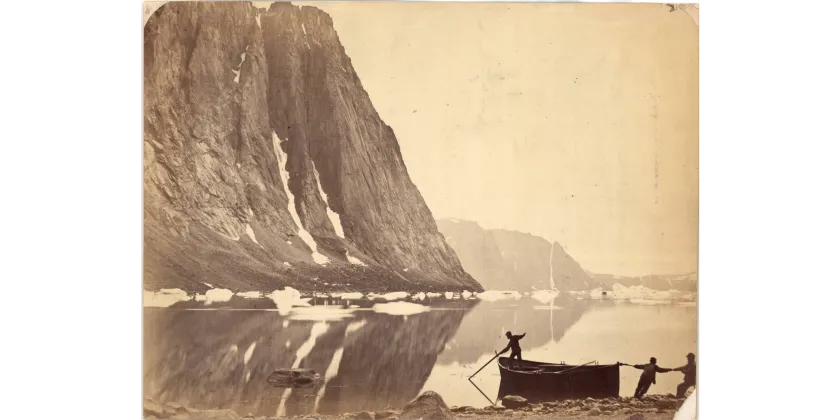
Hayes was also successfully elected to the New York State Assembly in 1876. Hayes worked to improve the living conditions and quality of life for New York’s poor, mentally ill, and underprivileged. Hayes also supported the construction of the Hudson River Tunnel, connecting New York to New Jersey and facilitating transportation between the two states. On December 18, 1881, at the age of 49 years old, Hayes suffered a heart attack at his New York City home and passed away. His remains were returned to West Chester, Pennsylvania where he was buried at the Oakland Friends Cemetery. Following Hayes’ death, his legacy lives on as a pioneer in scientific discovery as well as a leading surgeon in the Civil War.
